Home>Gardening & Outdoor>Landscaping Ideas>How Long Does It Take Grass To Dry After Rain
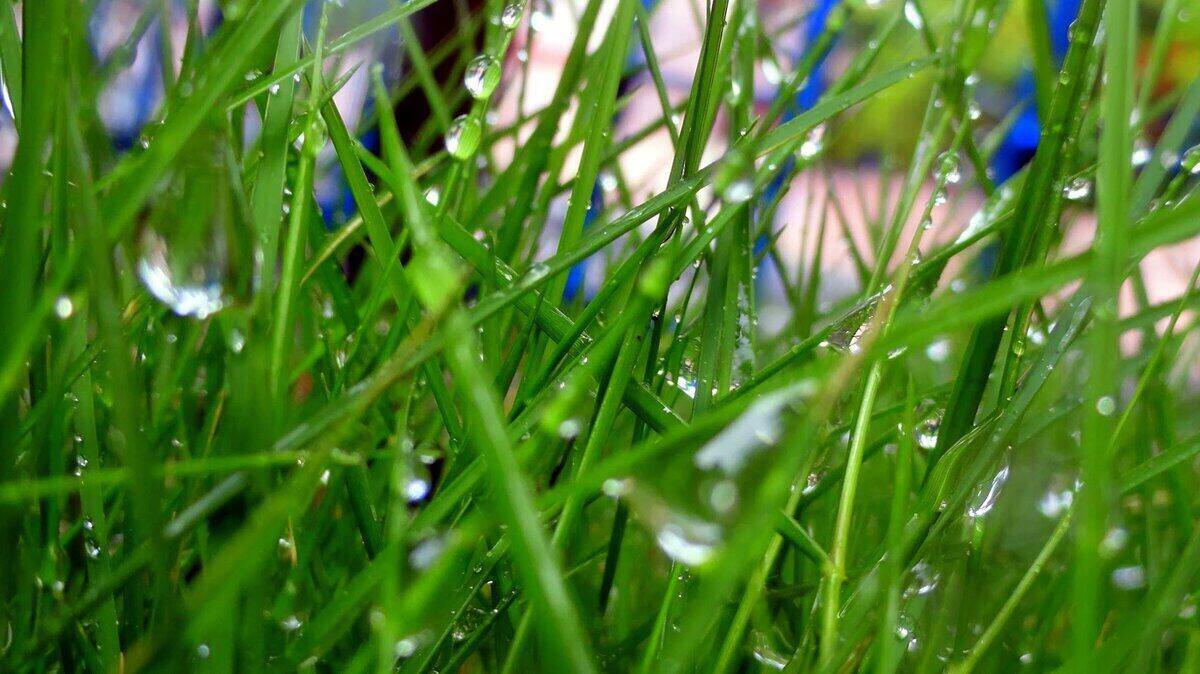

Landscaping Ideas
How Long Does It Take Grass To Dry After Rain
Modified: May 6, 2024
Discover effective landscaping ideas for drying wet grass after rain. Learn how long it takes and get expert tips for quick drying solutions. Ideal for homeowners and garden enthusiasts.
(Many of the links in this article redirect to a specific reviewed product. Your purchase of these products through affiliate links helps to generate commission for Storables.com, at no extra cost. Learn more)
Introduction
One of the joys of a well-maintained lawn is the lush, vibrant green of freshly cut grass. However, when rain showers or heavy dew dampen the blades, it can be a waiting game to achieve the ideal mowing conditions. The question of how long it takes for grass to dry after rain is a common concern for many homeowners and landscapers. Understanding the factors that influence drying time and implementing effective methods to expedite the process can help ensure that your lawn remains healthy and visually appealing.
In this article, we’ll delve into the various factors that affect the drying time of grass after rain, explore methods for speeding up the drying process, and provide practical insights to help you maintain a well-groomed lawn despite unpredictable weather conditions.
Key Takeaways:
- Grass drying time after rain is influenced by factors like grass type, soil composition, and weather conditions. Implementing methods like mowing, raking, and soil modification can speed up the drying process and maintain a healthy lawn.
- To dry wet grass faster, use techniques like running a lawn mower, raking, and optimizing sunlight exposure. These methods help minimize the impact of rain on your lawn and promote a vibrant, well-groomed outdoor space.
Factors Affecting Drying Time
Several factors play a crucial role in determining how long it takes for grass to dry after rain. Understanding these variables can provide valuable insights into managing and optimizing the drying process.
- Grass Type: Different grass species have varying water retention capacities. For instance, fine fescue grass tends to retain moisture longer than Bermuda grass, impacting the drying time after rainfall.
- Soil Composition: The composition and quality of the soil beneath the grass can significantly influence drying time. Well-draining soils, such as sandy loam, facilitate quicker evaporation, whereas clay soils may retain moisture for longer periods, prolonging the drying process.
- Weather Conditions: Ambient temperature, humidity levels, and air circulation all contribute to the rate at which grass dries. Warmer, drier conditions expedite evaporation, while high humidity and overcast skies can impede the drying process.
- Grass Height and Density: Taller, denser grass retains more moisture and takes longer to dry compared to shorter, sparser lawns. Proper mowing practices can help mitigate prolonged drying times.
- Amount of Rainfall: The volume and intensity of rainfall directly affect drying time. Light showers may result in quicker evaporation, while heavy downpours can saturate the soil and grass, leading to extended drying periods.
- Shade and Sunlight Exposure: Areas of the lawn that receive ample sunlight dry more rapidly than shaded sections. Trees, buildings, and other structures can cast shadows that impede evaporation, affecting the overall drying time.
By considering these influential factors, you can gain a deeper understanding of the dynamics at play when it comes to grass drying after rain, enabling you to make informed decisions to expedite the process and maintain a healthy, vibrant lawn.
Grass can take anywhere from 2-24 hours to dry after rain, depending on factors like sunlight, temperature, and humidity. To speed up the drying process, gently rake the grass to expose wet areas to air and sunlight.
Methods for Speeding Up Grass Drying
When faced with the challenge of drying grass after rainfall, implementing effective strategies can significantly reduce the wait time and help restore your lawn to optimal mowing conditions. Here are several methods to expedite the grass drying process:
- Utilize Lawn Mowers: Running a lawn mower over the damp grass can help facilitate evaporation by increasing air circulation and exposing the moist blades to the drying effects of the wind and sunlight.
- Rake or Brush the Grass: Gently raking or brushing the wet grass can help disperse the moisture and promote quicker drying. This method is particularly effective for dense or matted areas of the lawn.
- Apply Absorbent Materials: Sprinkling absorbent substances like sand, sawdust, or specialized drying agents on the wet grass can aid in soaking up excess moisture, expediting the drying process.
- Modify Soil Composition: Amending the soil with organic matter or aerating compacted areas can enhance drainage and promote faster evaporation, reducing the overall drying time of the grass.
- Optimize Sunlight Exposure: Trimming back overhanging branches, clearing debris, and strategically positioning reflective surfaces can maximize sunlight exposure, hastening the drying of the grass.
- Utilize Fans or Blowers: Portable fans or blowers can be employed to enhance air circulation and accelerate the evaporation of moisture from the grass, particularly in areas with limited natural airflow.
- Time Your Mowing: Planning your mowing schedule to coincide with periods of optimal drying conditions, such as sunny and breezy days, can help ensure that the grass is at its driest, facilitating a smoother and more effective mowing process.
By incorporating these methods into your lawn maintenance routine, you can proactively address the challenge of drying wet grass and minimize the inconvenience caused by prolonged drying times. Additionally, these strategies can contribute to the overall health and vigor of your lawn, promoting a lush and well-groomed outdoor space.
Conclusion
Managing the drying time of grass after rain is a crucial aspect of maintaining a healthy and visually appealing lawn. By considering the diverse array of factors that influence drying time and implementing effective methods to expedite the process, you can navigate the challenges posed by wet conditions and ensure that your lawn remains in optimal mowing condition.
Understanding the unique characteristics of your grass type, soil composition, and local weather patterns empowers you to make informed decisions regarding lawn care and drying strategies. By leveraging techniques such as mowing, raking, soil modification, and sunlight optimization, you can actively influence the drying process and minimize the impact of inclement weather on your lawn maintenance routine.
Ultimately, the ability to expedite grass drying not only streamlines your mowing schedule but also contributes to the overall health and resilience of your lawn. By promoting effective moisture management and timely mowing, you can foster a vibrant, well-groomed lawn that enhances the aesthetic appeal of your outdoor space.
Embracing these proactive approaches to grass drying not only streamlines your lawn maintenance efforts but also fosters a deeper connection with the natural rhythms of your outdoor environment. By nurturing your lawn through thoughtful care and strategic drying methods, you can enjoy the rewards of a lush, thriving landscape that reflects your dedication to its well-being.
Excited about sprucing up your outdoor space? Dive into our next feature on creative barriers that not only secure your garden but also boost your curb appeal. You'll find inspiration and practical advice on choosing the right design to make outdoor areas shine.
Frequently Asked Questions about How Long Does It Take Grass To Dry After Rain
Was this page helpful?
At Storables.com, we guarantee accurate and reliable information. Our content, validated by Expert Board Contributors, is crafted following stringent Editorial Policies. We're committed to providing you with well-researched, expert-backed insights for all your informational needs.
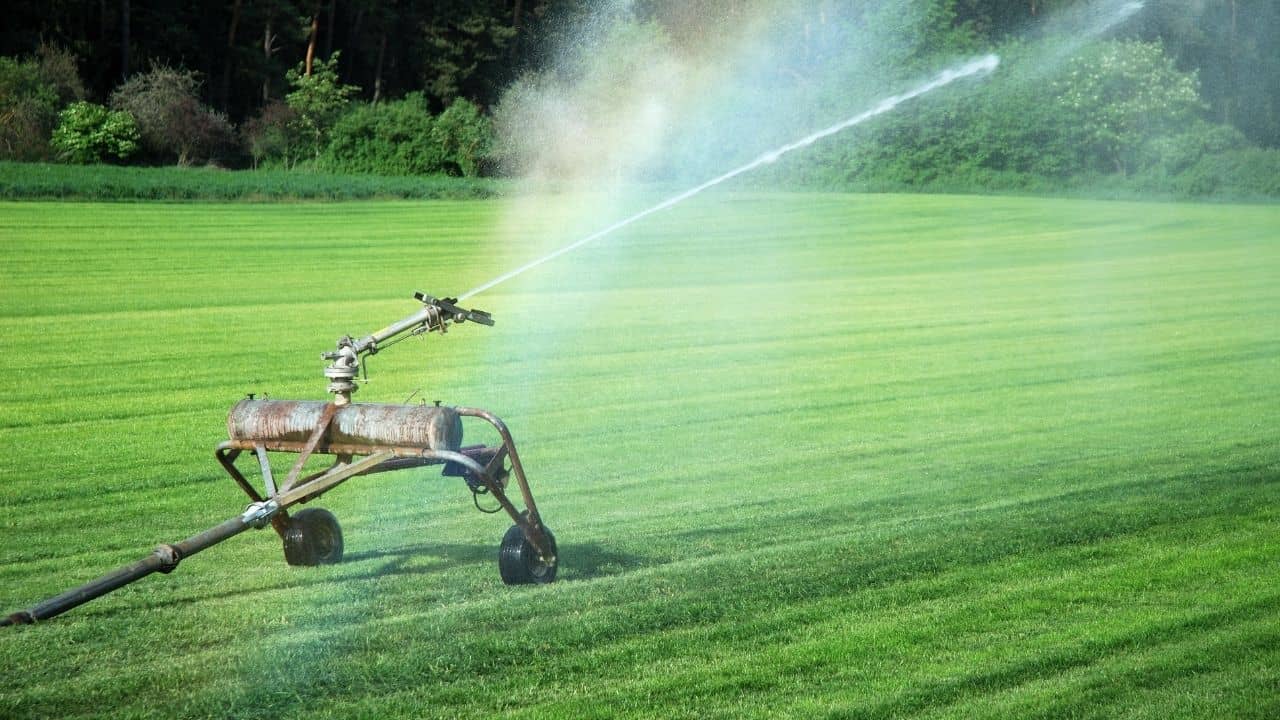
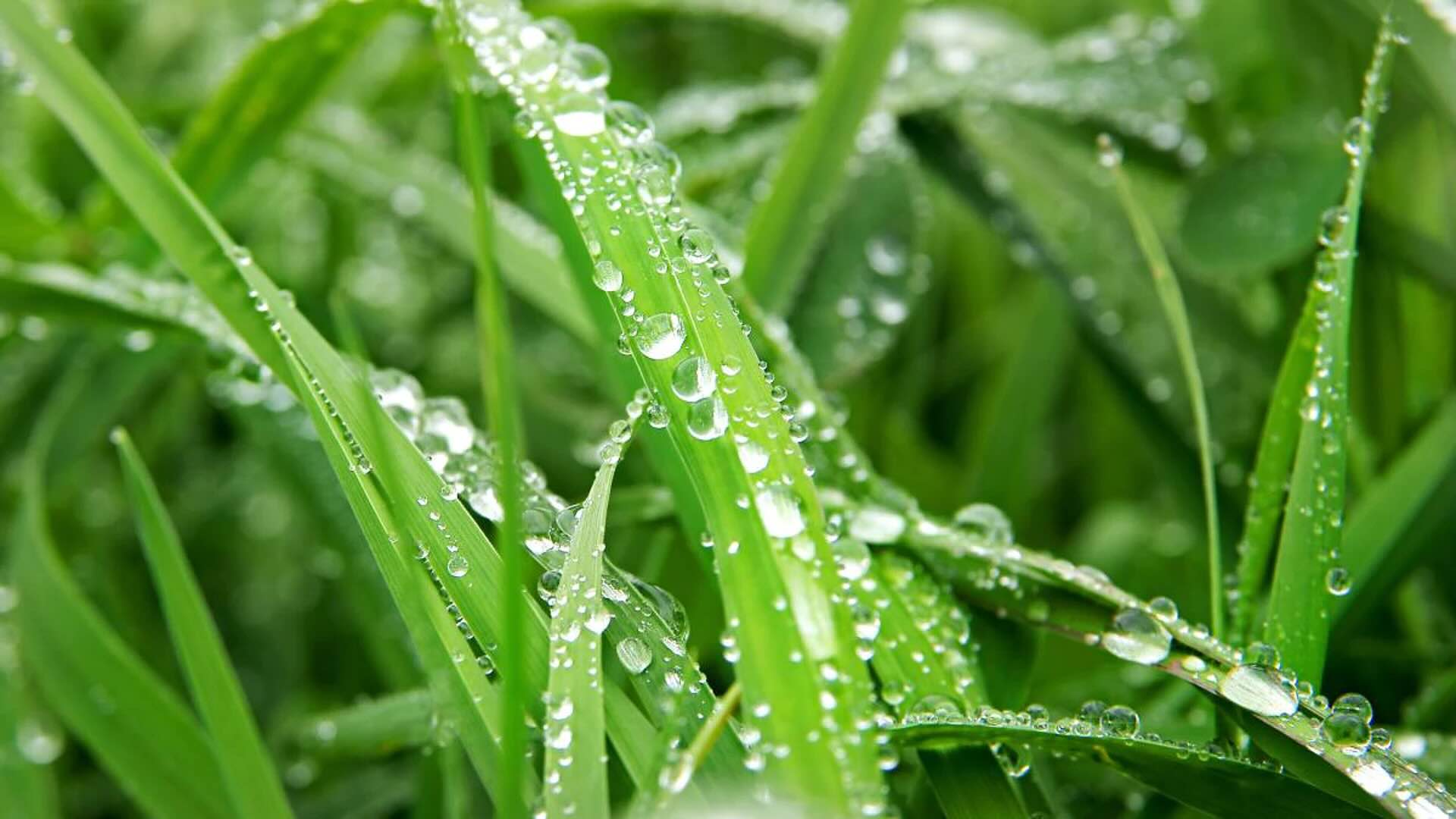
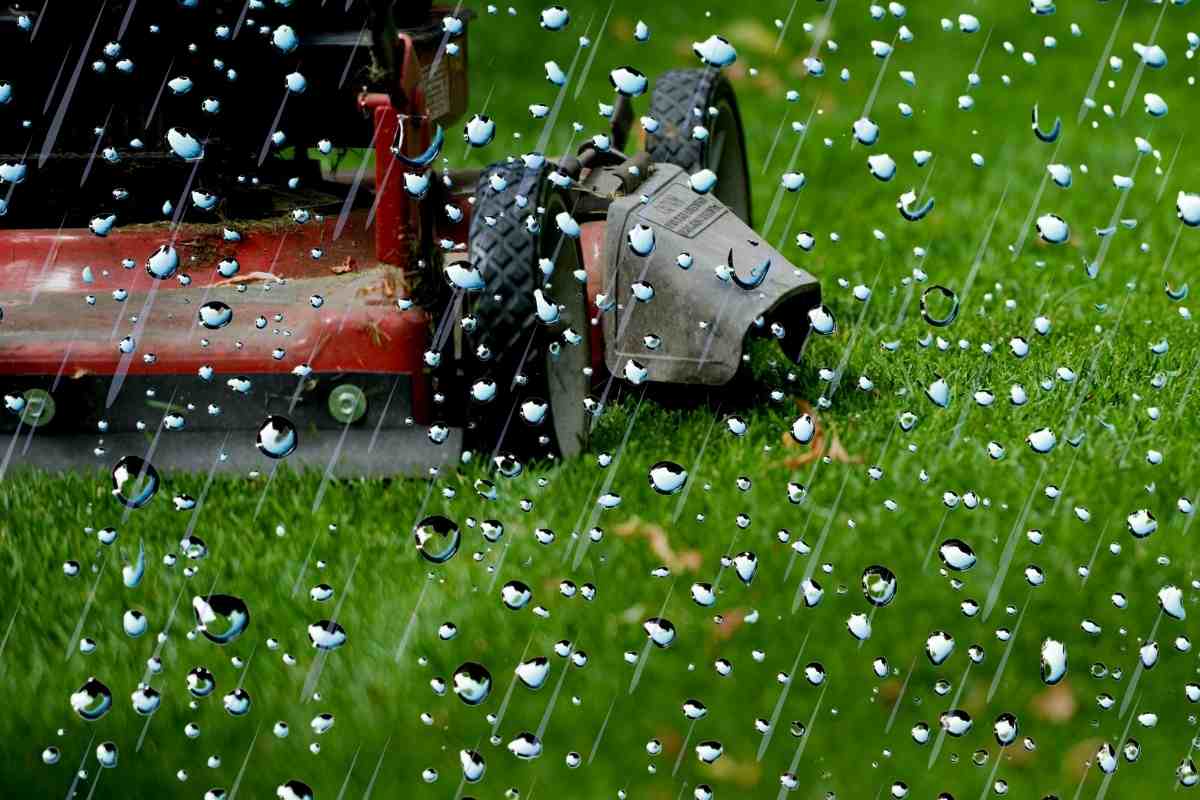
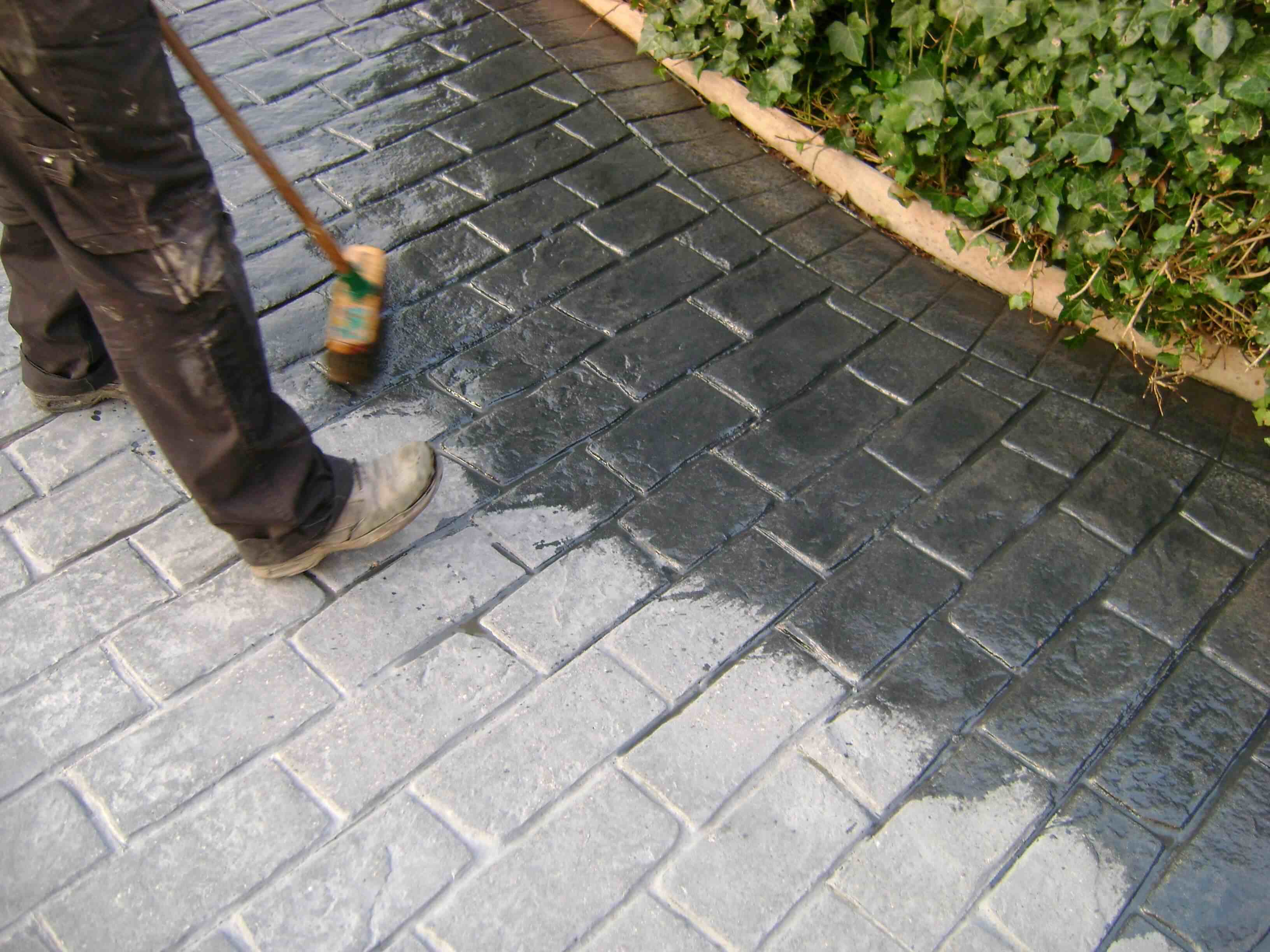
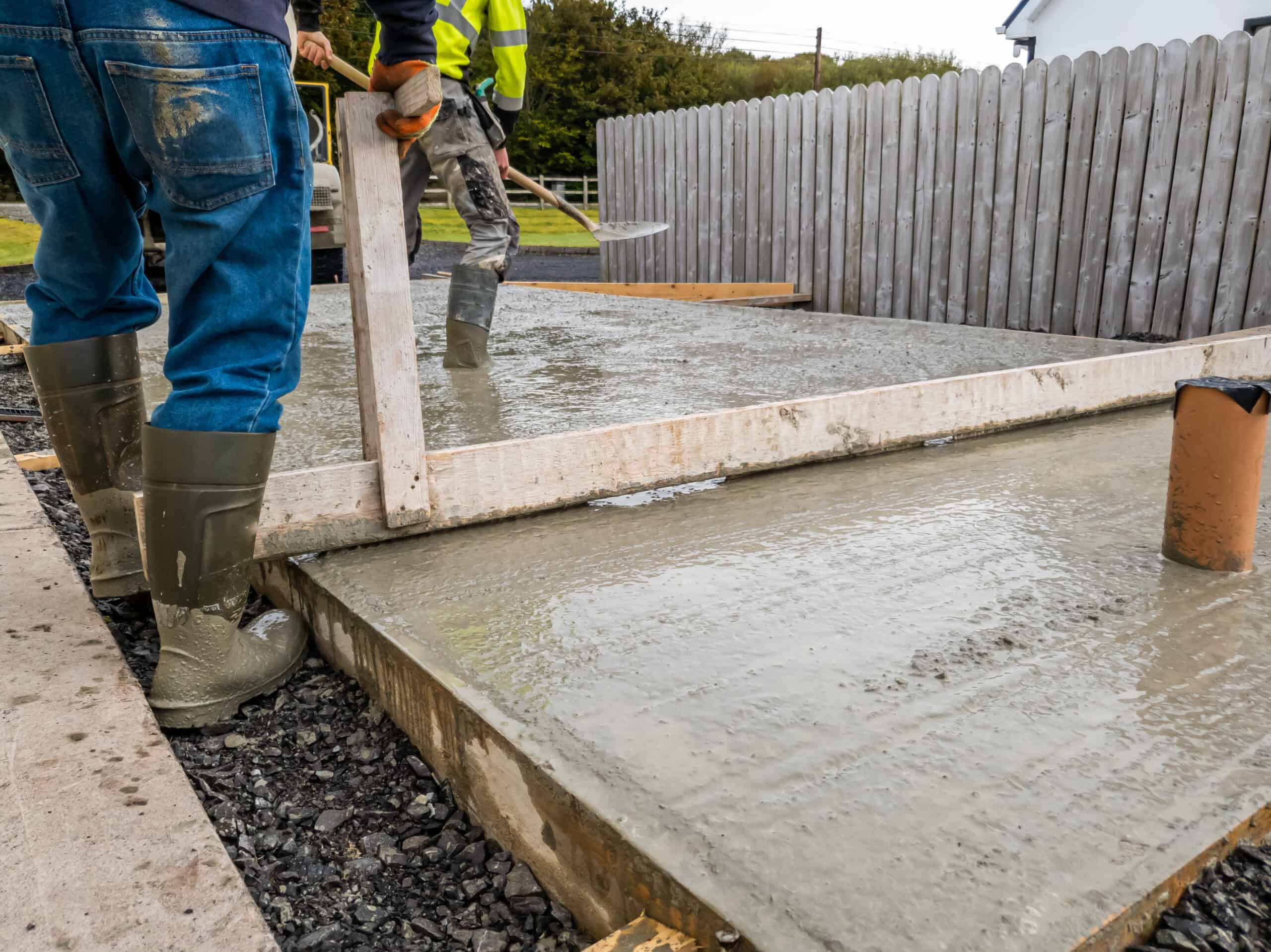
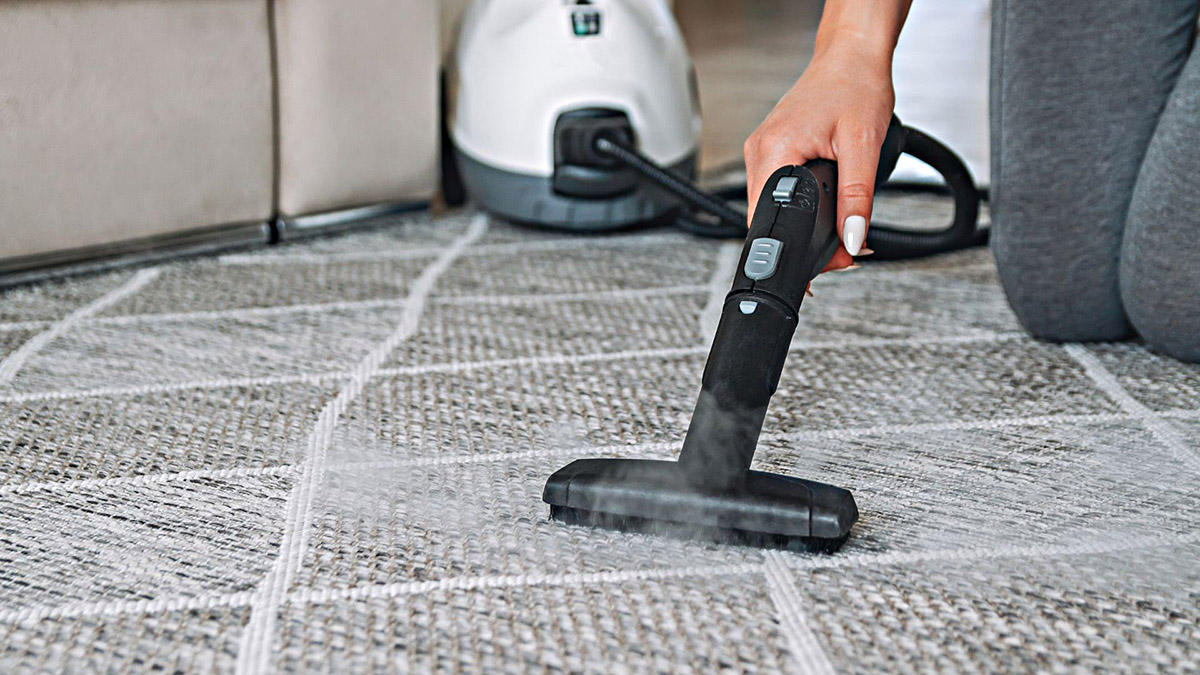

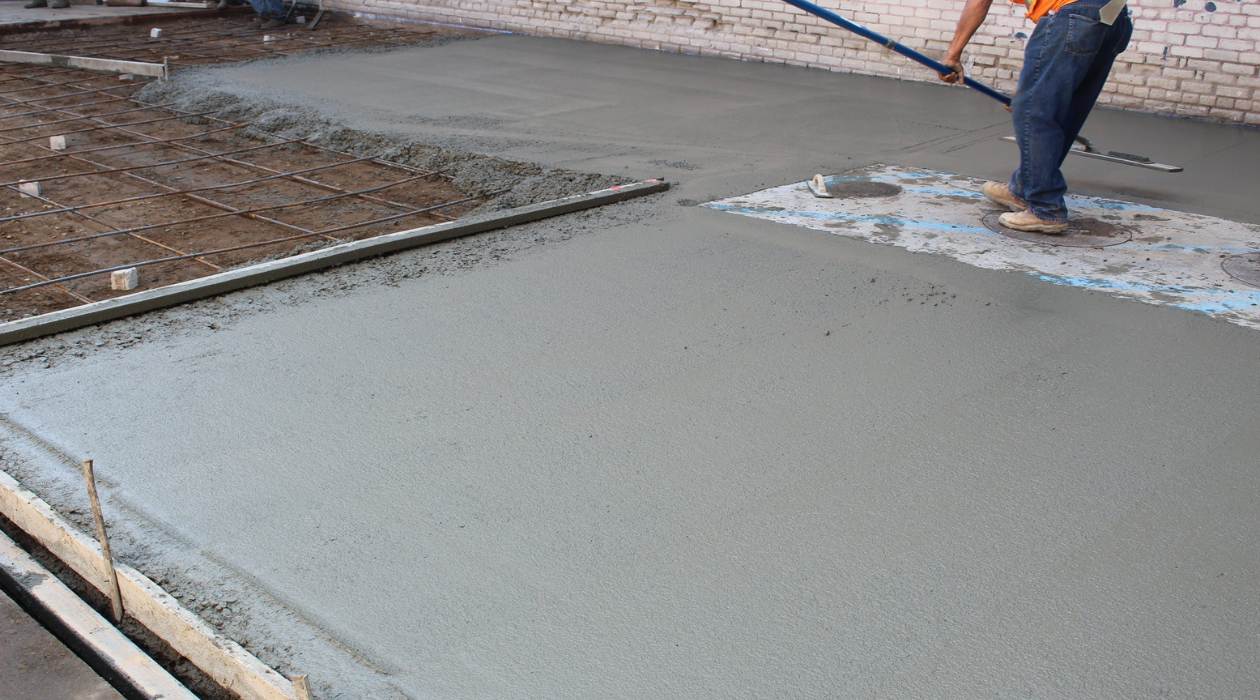
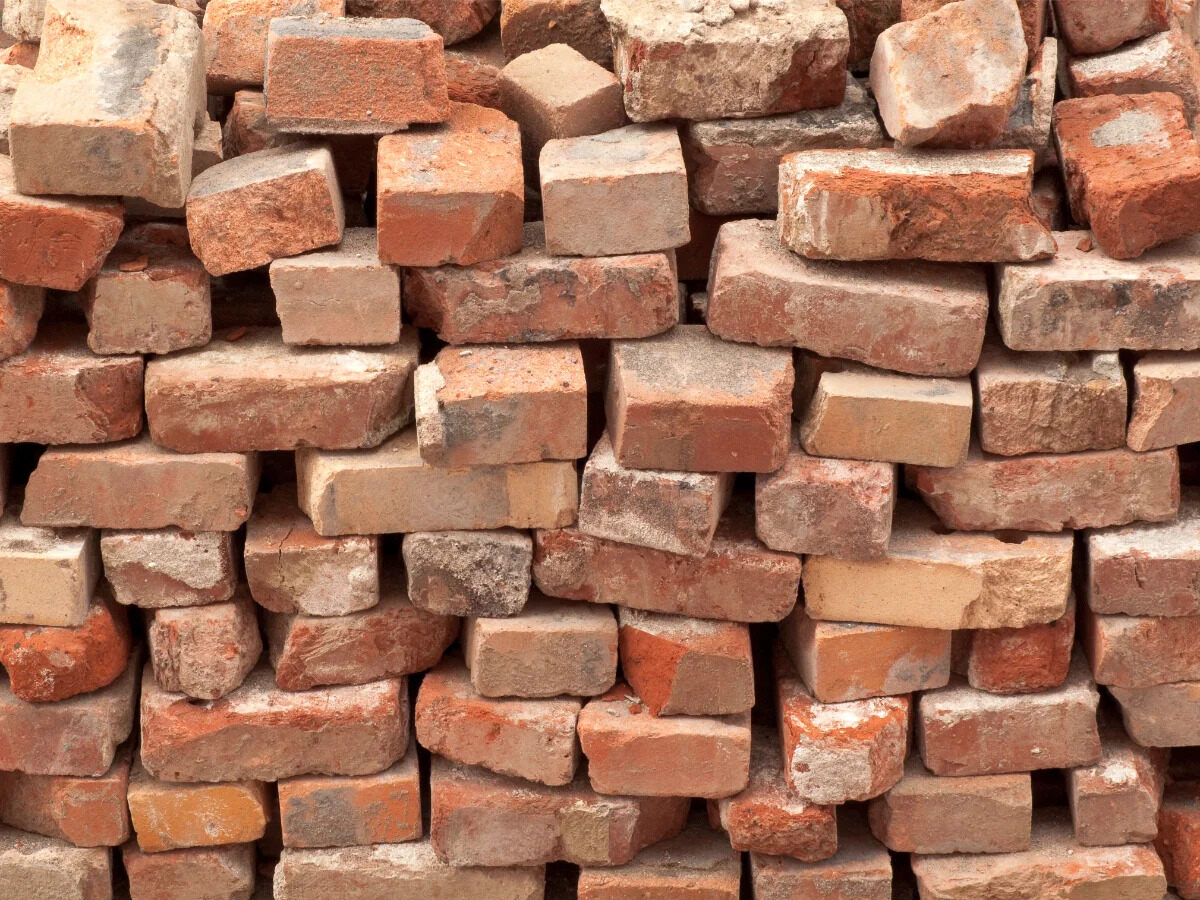


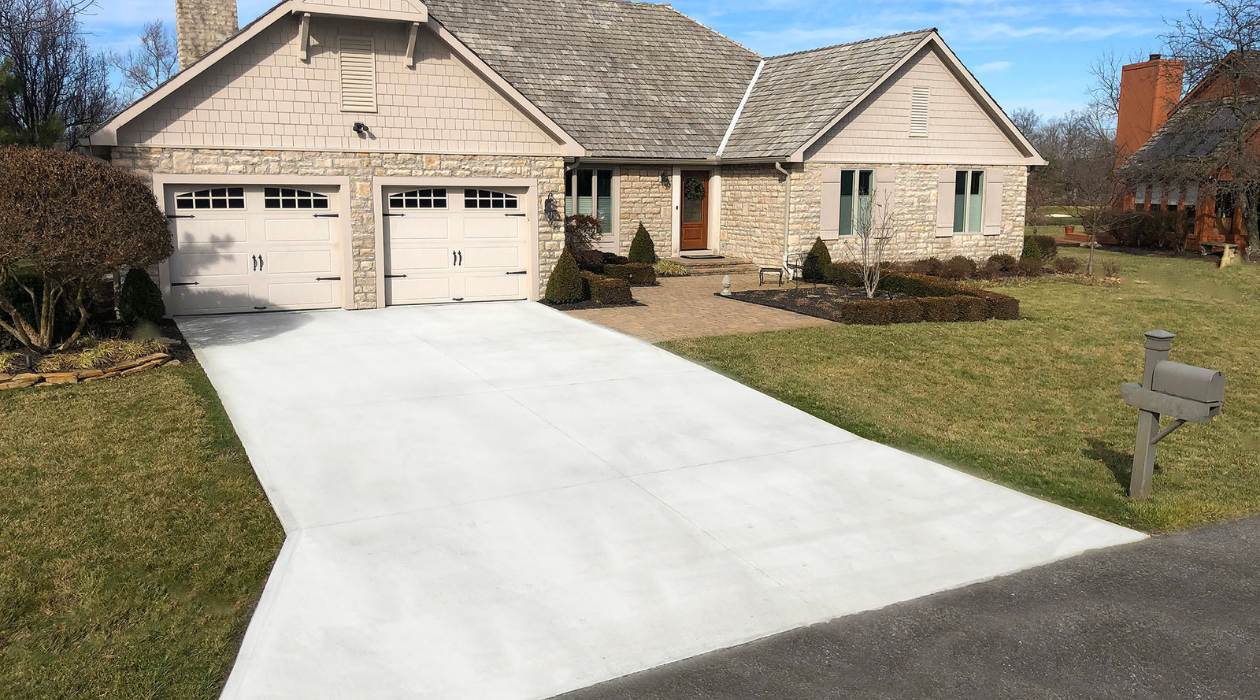
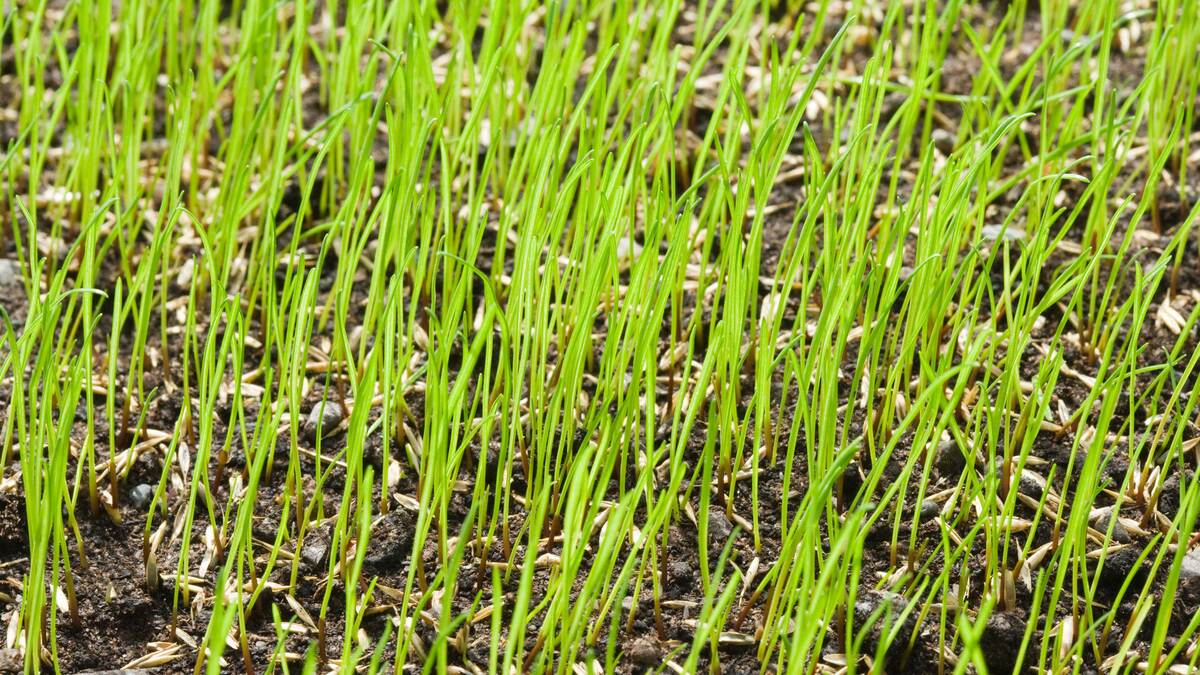
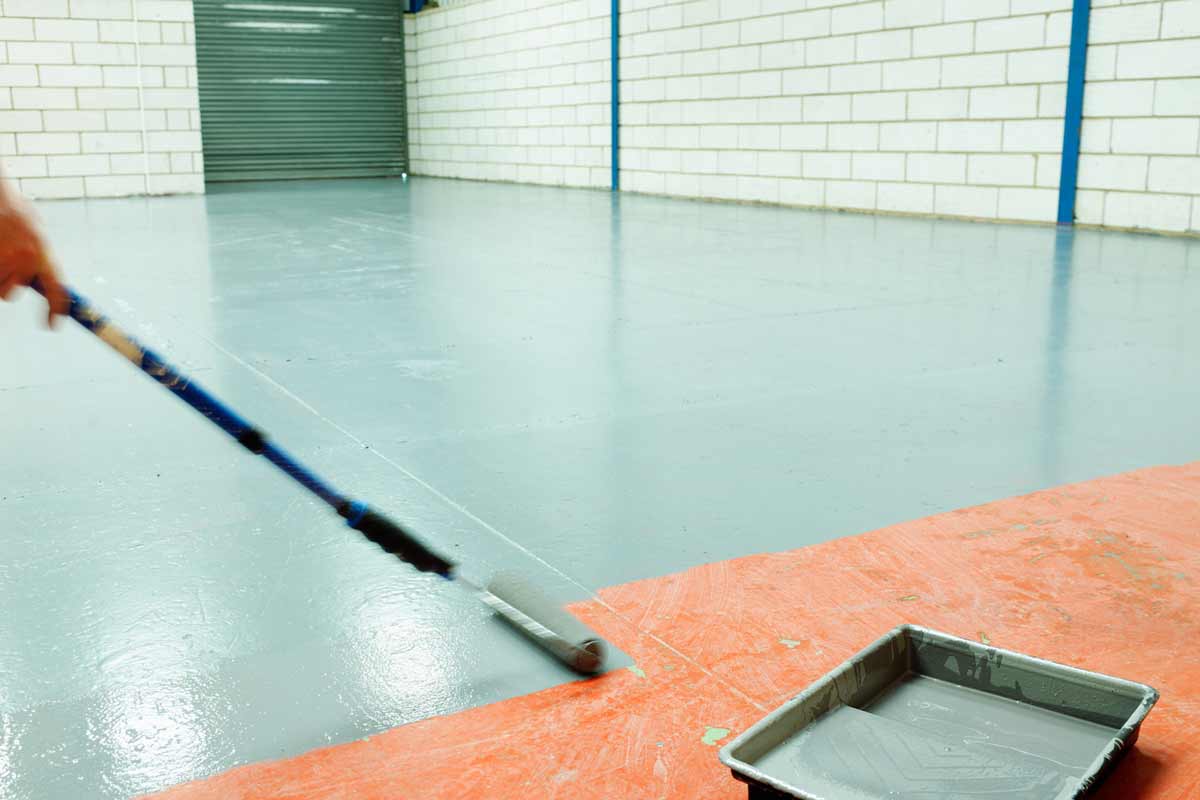


0 thoughts on “How Long Does It Take Grass To Dry After Rain”